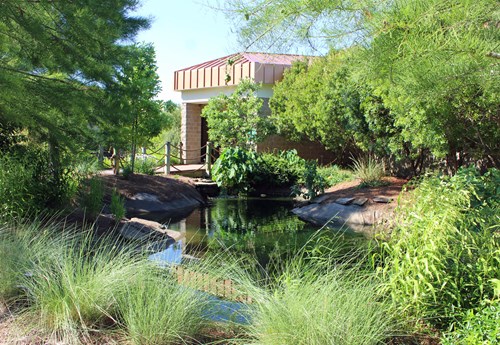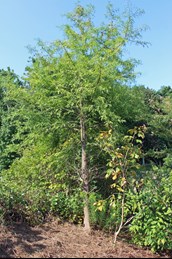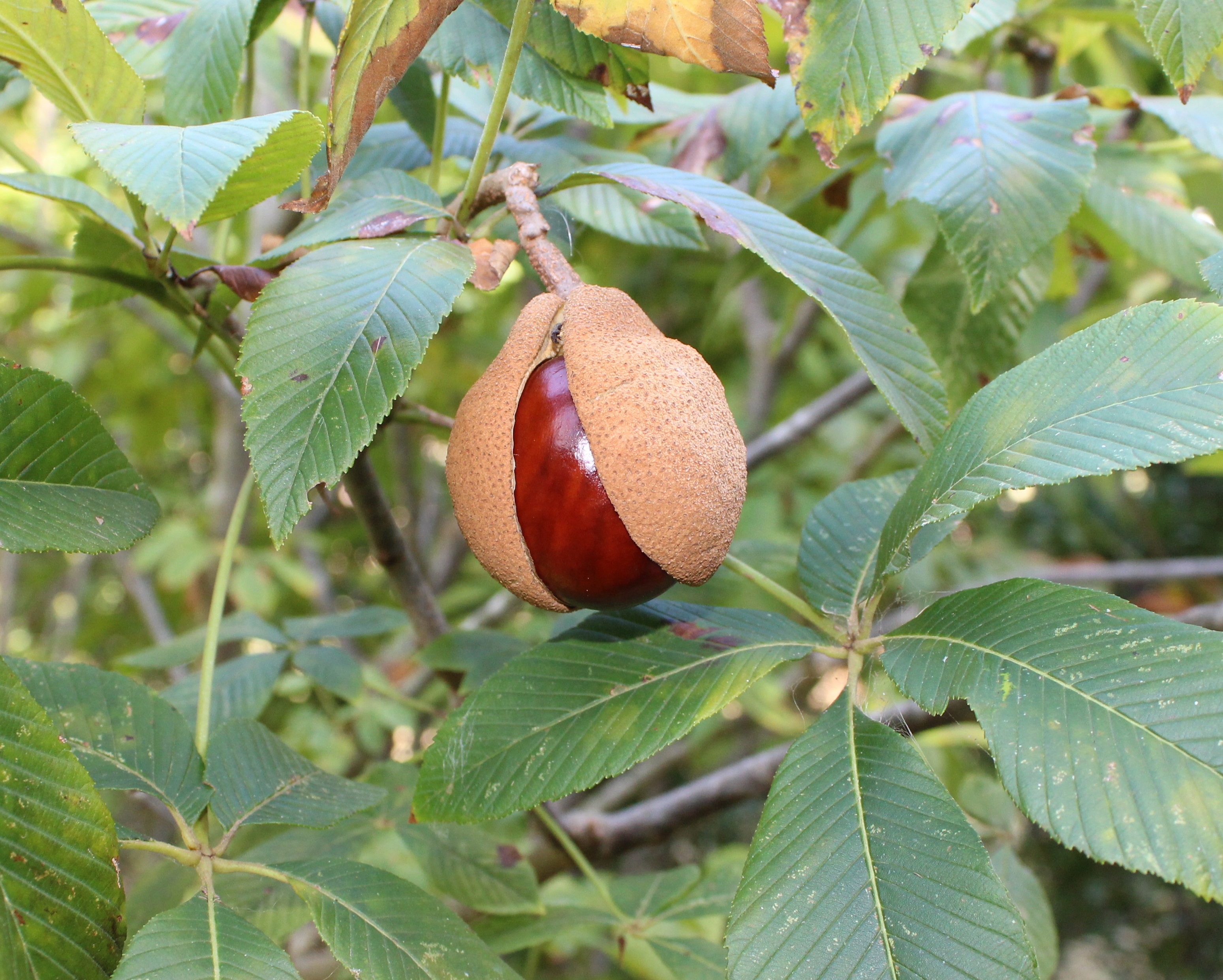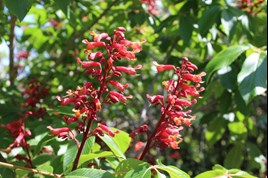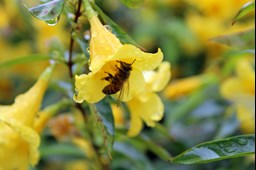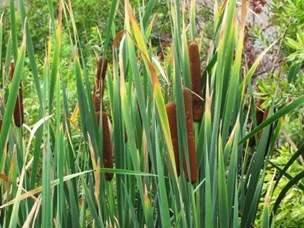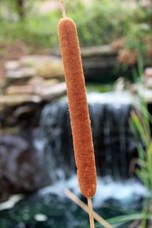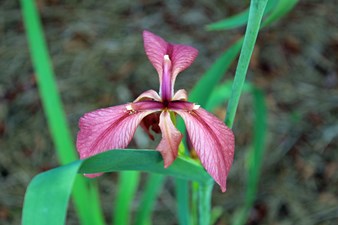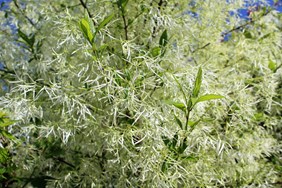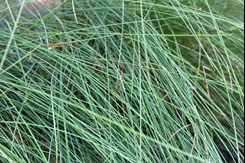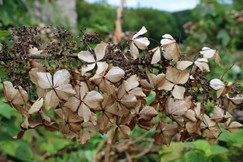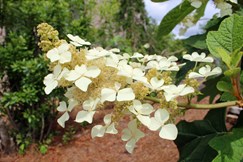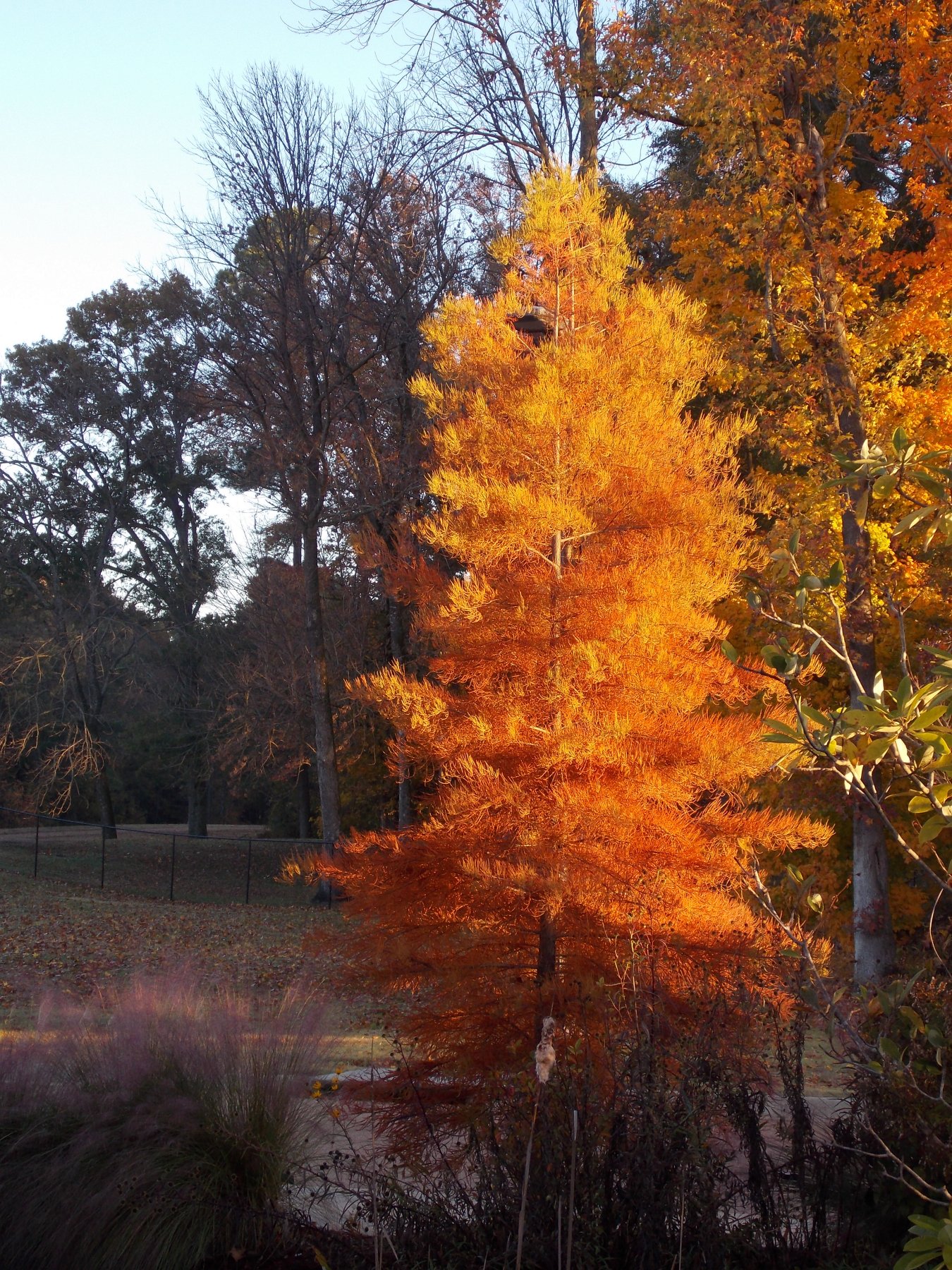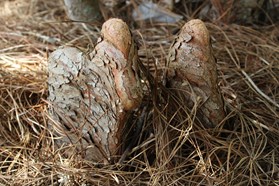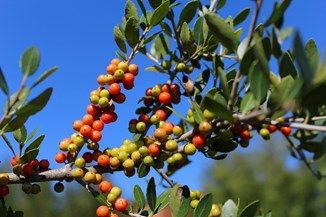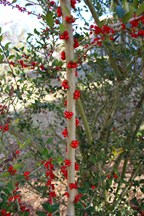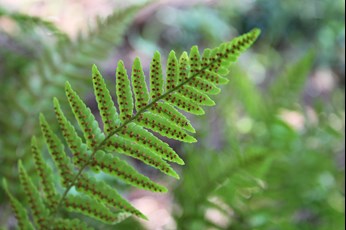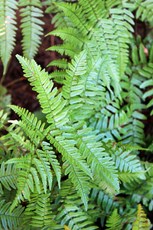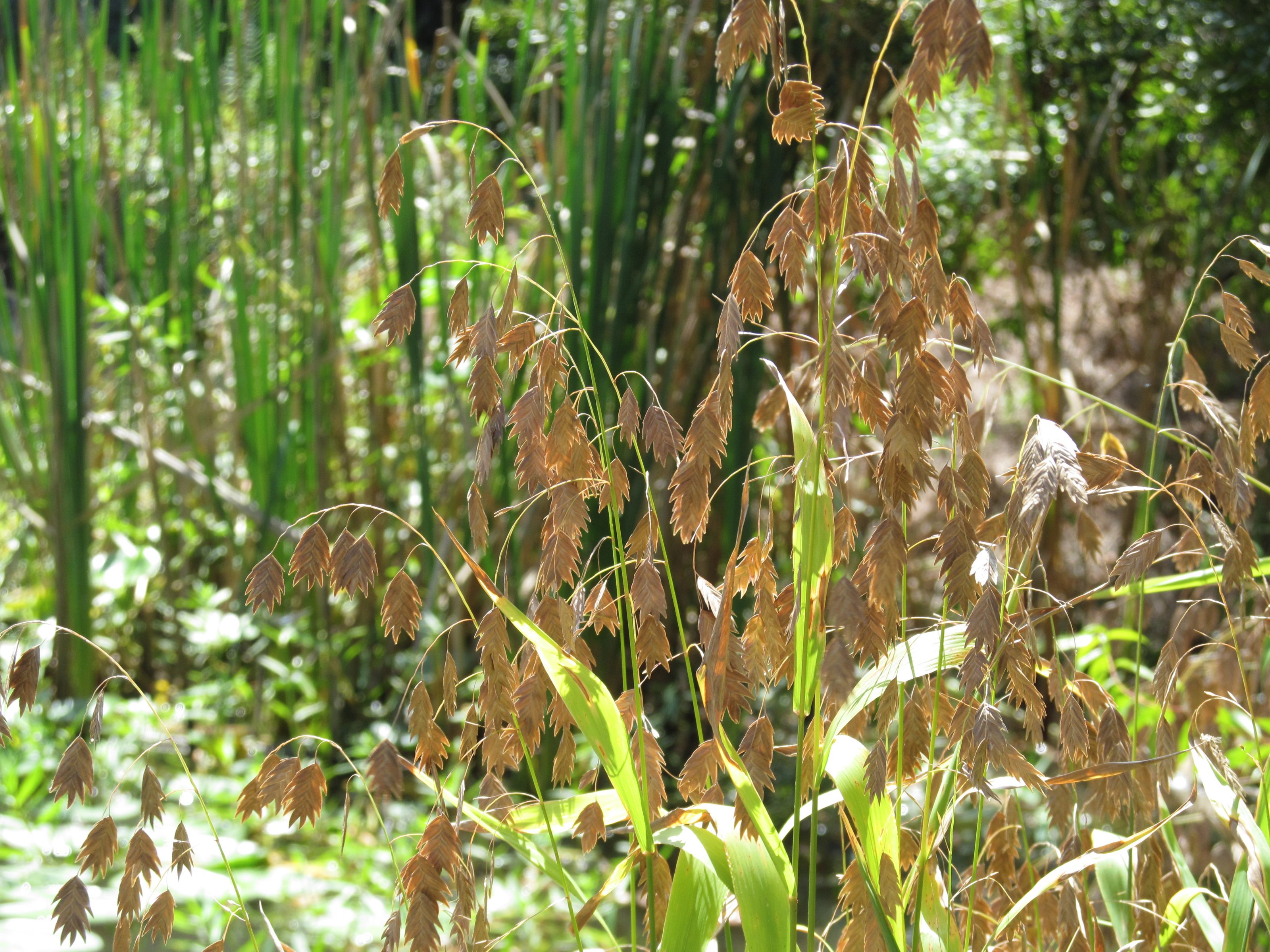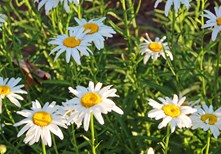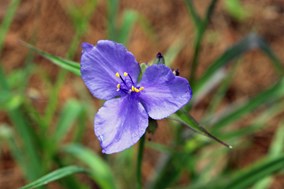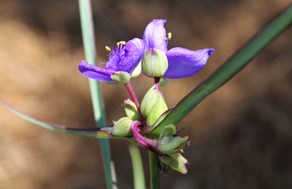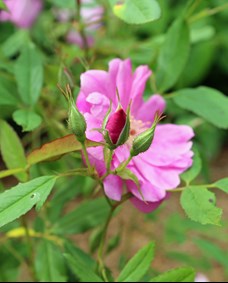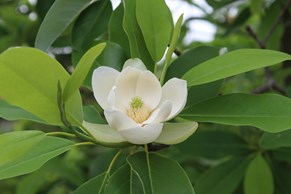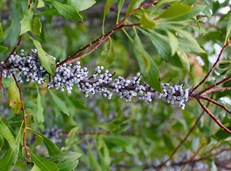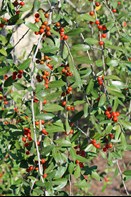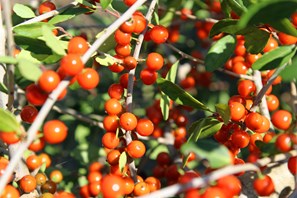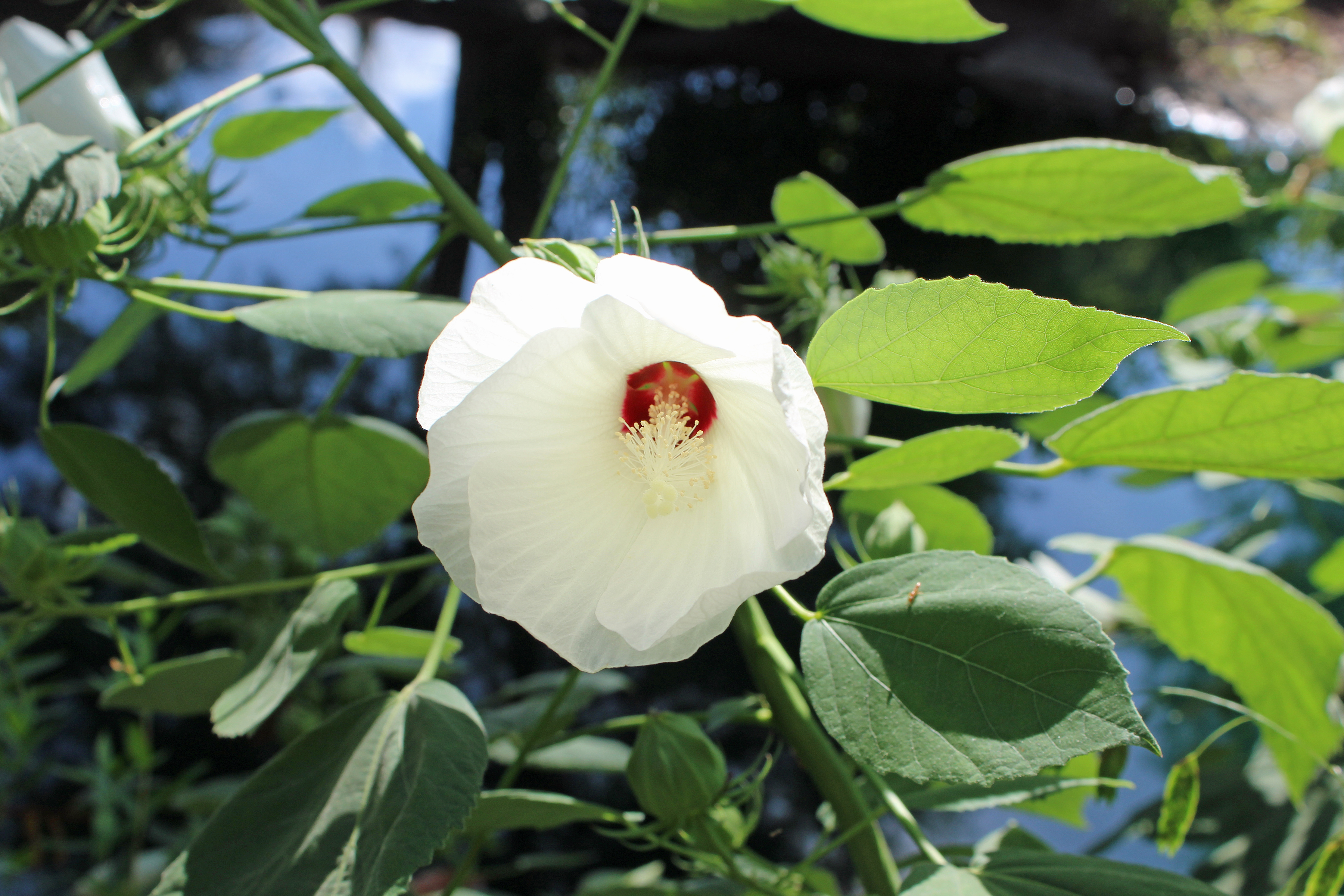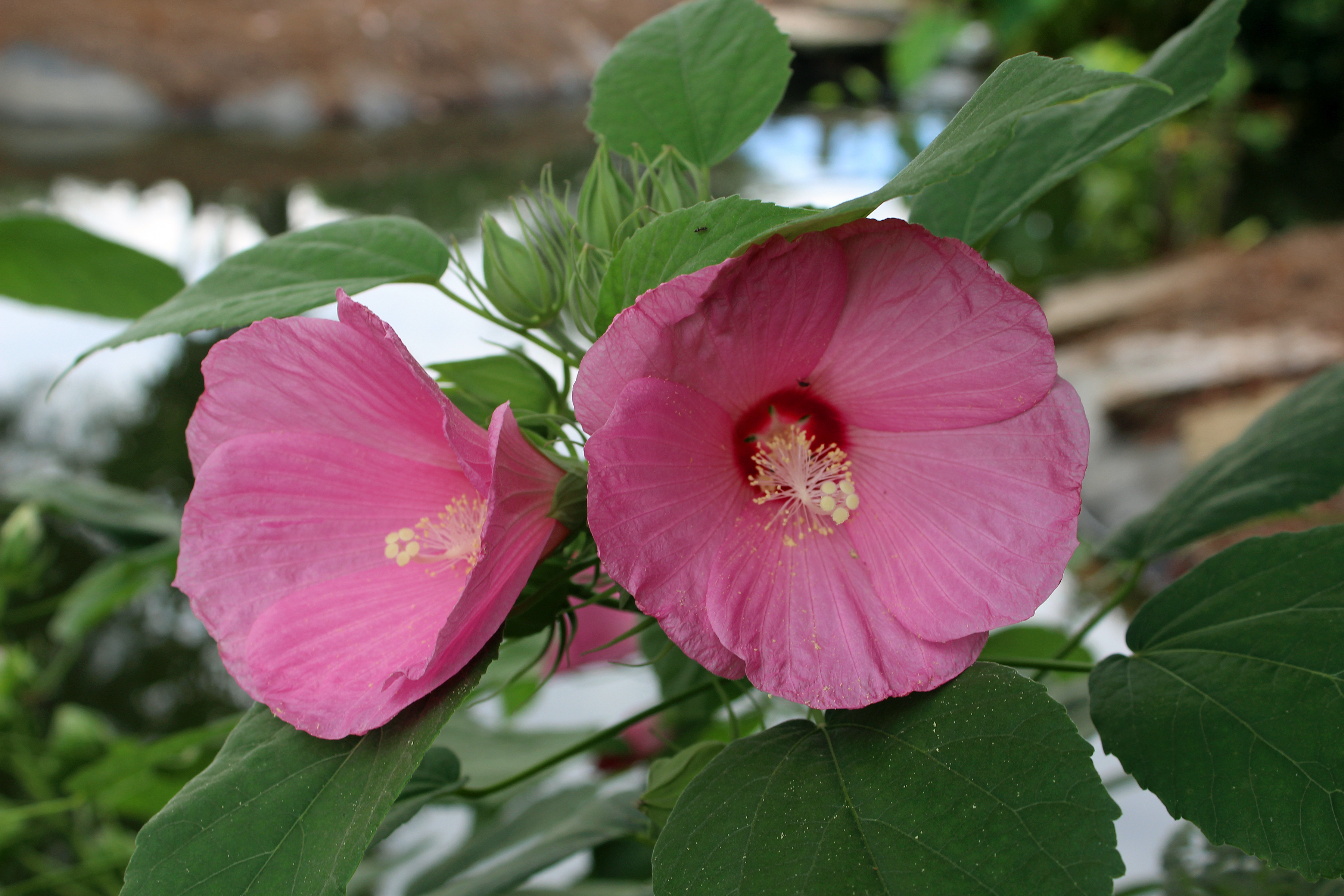
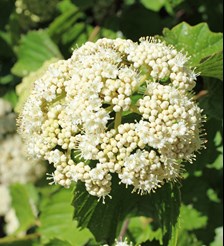
Scientific name:
Viburnum dentatum
Other Name/s:
Southern Arrowwood
Description:
This deciduous shrub has multiple straight stems that form a plant with a rounded shape. The arrowwood produces clusters of white, flat-topped flowers.
Season:
This perennial will bloom May – July. Berries follow in late summer, turning from green to deep blue. Leaves are oval and coarsely toothed. Leaves turn from green in the spring and summer to yellow and red in the fall.
Size:
Flowers are 2 to 4 inches across. The plant usually reaches heights of 6 to 8 feet but can reach heights of 20 feet.
Habitat:
Arrowwood shrubs are normally found along stream banks and in well-drained, moist soils.
Interesting Facts:
This plant attracts birds, butterflies, bees, and small mammals. Native Americans used the stems for making arrows.
Planting Tips:
This plant grows in full sun to part shade. Arrowwood is rooted from stem cuttings in the summer. Propagation by seed is also an option. Seeds should be collected in the autumn and stored in a cool, dry area before planting in the summer.
